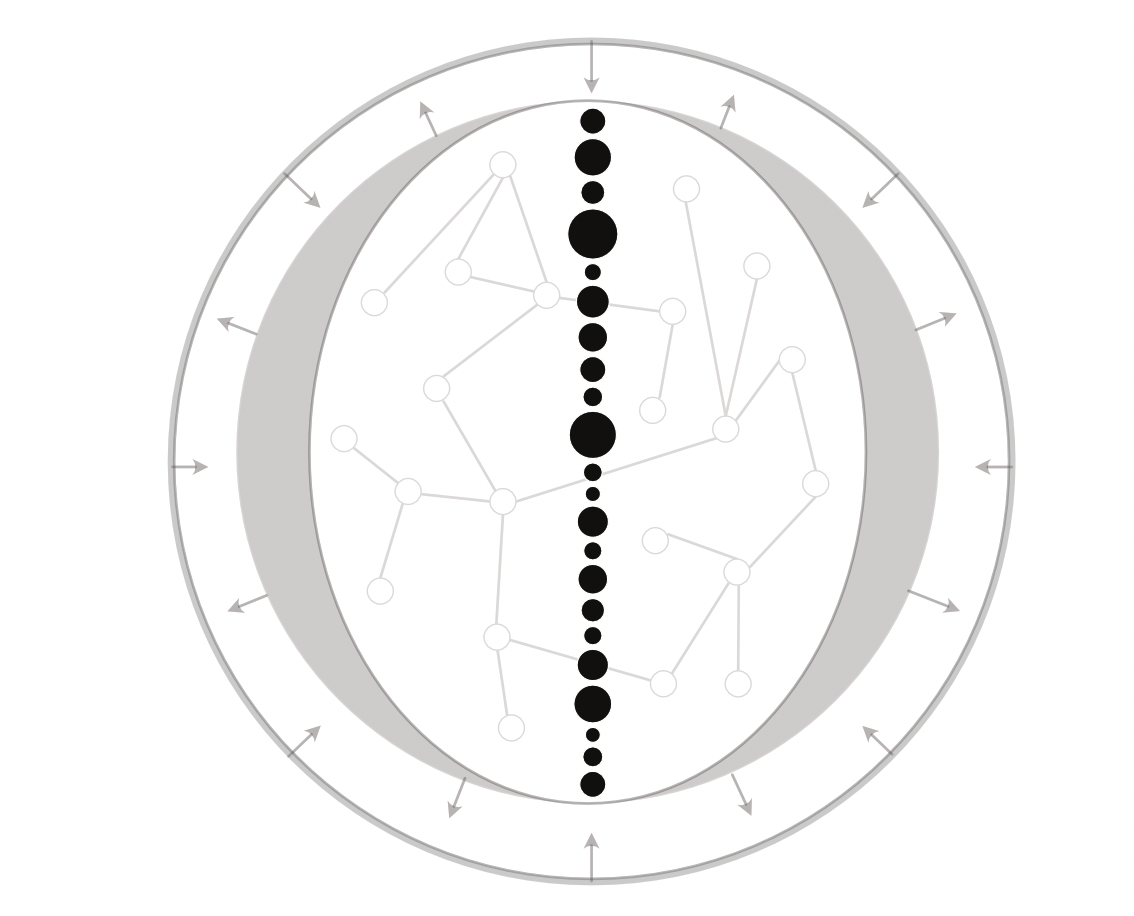Weighting
How priorities stay the same, but the decision skews
Comparative and fungible
While the processes are in a prioritized order, they are ultimately jostling, weighted by the data and associated metadata provided by experience and enculturation.
If we apply that weighting to the prioritization load, it becomes possible that a processing node that becomes highly weighted could short-circuit the inclusion of other processing factors, even if they are higher in prioritization and especially if there is a time factor/urgency involved.
In other words, a person’s highest ultimate priority may be self preservation, but if they’ve been heavily trained and put in a stress situation where that self-preservation would only kick in with thought, they’ll still throw their life away to follow the heavily weighted processing factor.
Wishes, especially, are weighty things. The harder someone wishes, the more attention they spend looking for what they wish, and the higher weight it has when they think they see it.
cognitive bias, factors, nodes, perspective attention, prioritization
